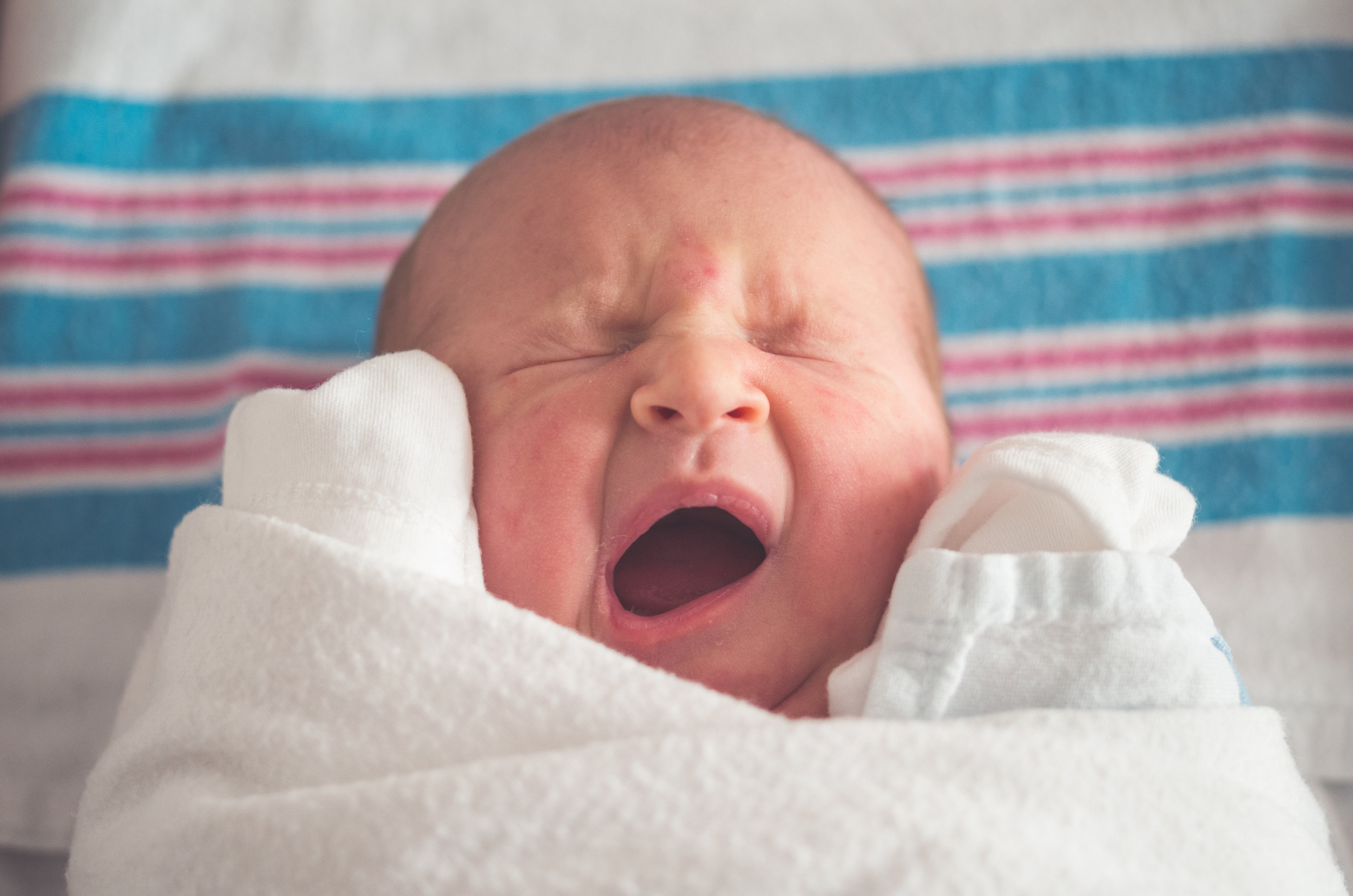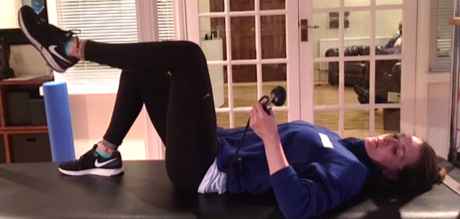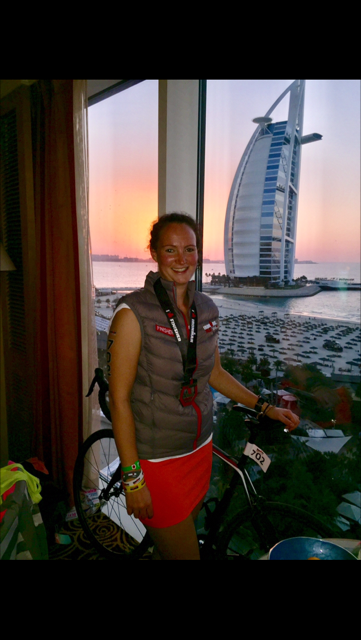With the school holidays upon us, many of us are taking the opportunity to get away to spend some valuable time with our family. I have been asked by a few patients what if any precautions you can take to prevent injury or aches and pains whilst away. Whether this involves a long flight or car journey or even a camping trip!
There are obvious things to remember such as being careful how you lift heavy suitcases or equipment. Alternatively, make sure to move and stretch during any stops you may have on your journey.
Having considered the many questions, I get asked by patients around this time of year. One thing which underpins a lot of these problems is often ‘poor conditioning’ or to put it another way, weak core muscles.
Many problems we see at The Croydon Osteopathic and Warlingham clinic come from patients becoming a little de-conditioned, as our busy lives get in the way of actually looking after ourselves.
I was (and sometimes still am!) the biggest culprit of this and ended up on the treatment couch myself a few times!
Every day I find myself explaining to patients ways they can help themselves get stronger and more supple.
So in answer to a lot of queries and concerns patients may have about travelling at this time of year; I think the best place to start would be to focus more on one's fitness a few weeks out from the trip. This doesn’t have to mean visiting the gym four times a week or running around the park during your lunch break
I often find some gentle floor work bodyweight exercises are enough to improve one’s strength and posture.
Also if you do suffer from back pain, the best remedy is doing some form of movement even if it's getting up to put the kettle on, being static can sometimes worsen symptoms. When you are on holiday, if you have access to a pool, doing a few strokes in the pool or even water aerobics can support your body or injury as there is no direct impact on the joints. You can also use this opportunity to do some stretches too. Also taking a stroll on the beach or in the countryside can actually benefit you by getting the muscles and joints working, but I would make sure you have the correct walking shoes or sandals that are supporting your back and your whole body.
I have a list of various exercises, but I prefer to run through these in person as we are all unique and each exercise suggestion is dependant on your body and injury. However, I have linked a few simple exercises.
If you feel uncomfortable in any way while doing these exercises, stop immediately and give us a call on 0208 662 1155.
By Mark Bolton, Osteopath
















 'My baby is suffering from colic, what to do?'
It has now been few days or even weeks that you have welcomed your baby into the world, however, you've noticed that your infant cries regularly.
'My baby is suffering from colic, what to do?'
It has now been few days or even weeks that you have welcomed your baby into the world, however, you've noticed that your infant cries regularly.



